Foreign Players Who Redefined the Premier League

The Premier League has never existed in a vacuum. Since its foundation in 1992, it has drawn some of the most talented footballers from around the world. These players didn’t just raise the standard on the pitch. Many redefined their positions, shifted tactical norms, and left legacies that outlasted their playing days. This article explores the foreign players who genuinely changed the nature and rhythm of the English game.
Eric Cantona – The Catalyst
When Eric Cantona arrived at Leeds United in 1992, few predicted the seismic impact he would later have at Manchester United. His combination of flair, arrogance, and intelligence offered something English football hadn’t fully embraced: a No. 10 who played between the lines with authority and poise.
Cantona helped United end a 26-year title drought and ushered in an era of dominance. His swagger and technique influenced a generation of English players, encouraging a shift away from rigid formations towards more fluid, expressive systems.
Thierry Henry – The Reimagined Forward
Signed by Arsène Wenger from Juventus, Thierry Henry started slowly but soon evolved into one of the most complete forwards the league has seen. He played on the shoulder of the last defender, drifted wide, dropped deep, and set the tempo for one of the greatest club sides in English football history: Arsenal’s “Invincibles”.
Henry’s blend of pace, intelligence, and vision forced defenders to rethink how to mark a striker who operated well outside traditional zones. He made assists as stylish as goals, and his influence continues to echo in how top forwards are developed.
Patrick Vieira – Midfield Authority
Arsenal had signed unknown quantities before, but Patrick Vieira stood out immediately. His physical presence and long stride were matched by technical control and calm decision-making. Alongside Roy Keane, he helped redefine the central midfield battle in the Premier League.
Vieira was part destroyer, part architect. He could break up attacks and launch them in the same movement. He paved the way for midfielders who combined power with precision, something now expected at the top level.
Didier Drogba – The Complete Target Man
Chelsea’s 2004 acquisition of Didier Drogba brought power and presence back to the striker’s role but with a modern twist. Drogba wasn’t just a battering ram; he was capable of link-up play, match-winning goals, and tactical discipline.
He changed how English clubs viewed strikers in Europe. His performances in finals were defining, particularly in the Champions League. Drogba made the No. 9 role about far more than goalscoring. He brought influence, intimidation, and balance to Chelsea’s tactical shape.
Cristiano Ronaldo – Athletic Evolution
Cristiano Ronaldo’s early Premier League days were marked by stepovers and inconsistency, but by the time he left for Real Madrid in 2009, he was the most dominant player in the world.
Ronaldo’s transformation at Manchester United set a new benchmark for physical preparation, technical ambition, and mental drive. He turned match-winning moments into regular occurrences and raised expectations of what a winger could contribute in terms of goals.
David Silva – Quiet Control
Nicknamed ‘El Mago’, David Silva’s arrival at Manchester City signalled a change in tempo and control in English football. The Spanish midfielder brought composure to high-paced games and introduced a more measured rhythm to City’s possession-based system.
Unlike many before him, Silva didn’t rely on power or speed. His understanding of space, touch, and timing allowed him to dominate matches without ever seeming hurried. His decade of consistency under multiple managers set a new standard for the creative midfield role.
Sergio Agüero – Consistent Brilliance
Agüero was never as flashy off the pitch as some of his contemporaries, but on it, he was relentless. With over 180 Premier League goals, he remains Manchester City’s all-time top scorer and a symbol of their transformation into a powerhouse.
What made Agüero different was his ability to adapt. Whether playing in a front two or alone up front, he could drop into midfield, turn defenders, or hit instinctive finishes in the box. His blend of poaching instinct and technical quality made him a model for the modern striker.
Mohamed Salah – Relentless Impact
When Liverpool signed Mohamed Salah in 2017, few predicted he would become one of the most influential attackers in Premier League history. His movement, finishing, and fitness have seen him produce elite numbers season after season.
Salah plays wide but finishes centrally. He has helped redefine what a right-sided forward can do in a high-pressing, fast-transition system. His consistency in both goals and availability has been central to Liverpool’s success under Jürgen Klopp.
Kevin De Bruyne – Orchestrator of the Modern Game
Kevin De Bruyne’s Premier League story didn’t start smoothly. After an underwhelming spell at Chelsea, he flourished in Germany before returning to Manchester City, where he developed into arguably the finest midfielder of his generation.
De Bruyne combines range of passing, physical power, and intelligence. His vision is matched by execution, especially with his trademark low crosses from the half-space. He operates in areas most players avoid, and his ability to dictate matches has made him the heartbeat of Guardiola’s City.
Legacy and Long-Term Impact
These players didn’t just shine as individuals. They shifted perceptions. They forced English managers to adopt new tactical frameworks and compelled young domestic players to broaden their skillsets. They accelerated the globalisation of the Premier League and brought a level of technical and psychological edge that made the league richer, more unpredictable, and ultimately more compelling.
Their legacy isn’t merely measured in titles or goals. It’s in the way they challenged norms and raised the level of everyone around them.



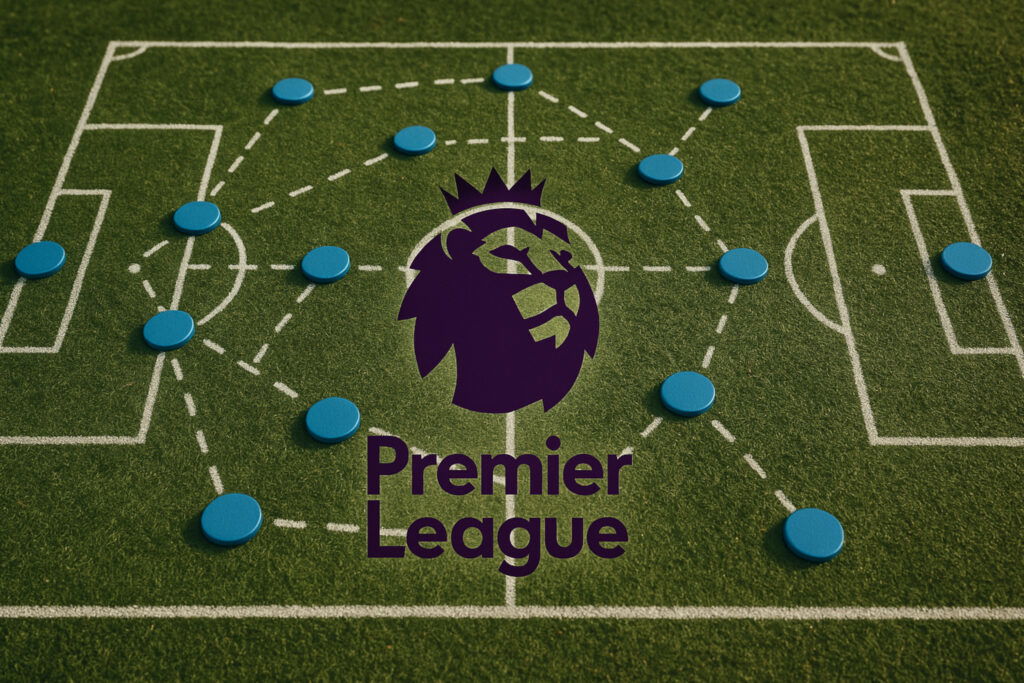
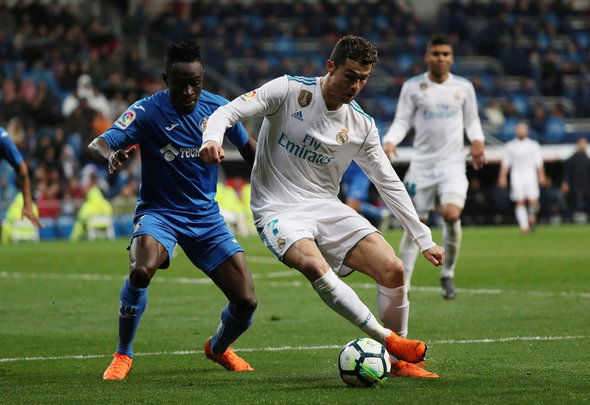
































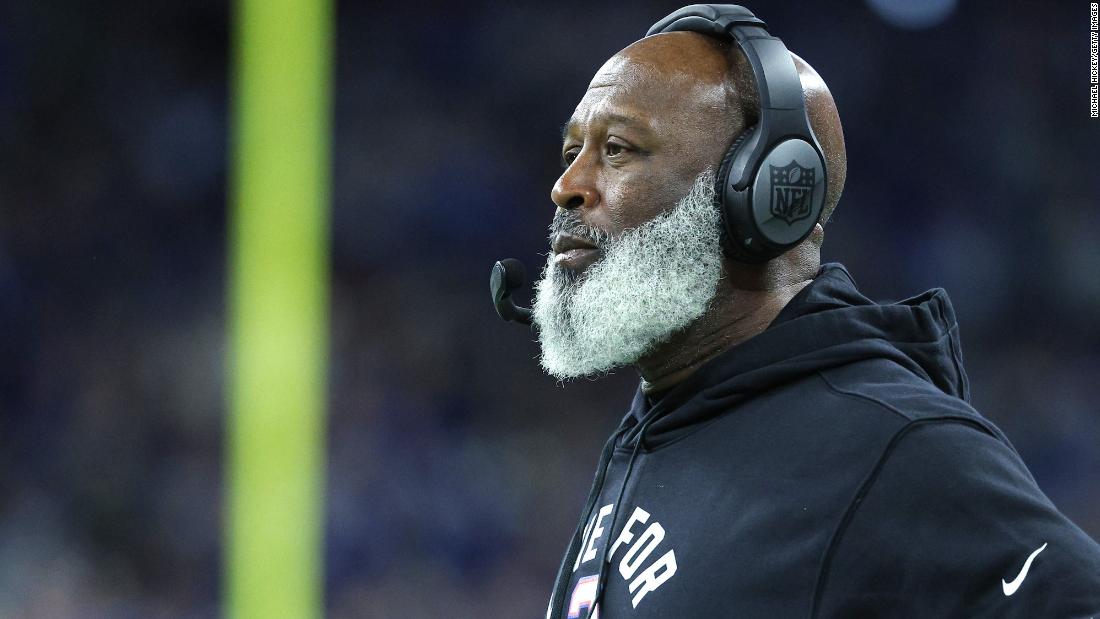
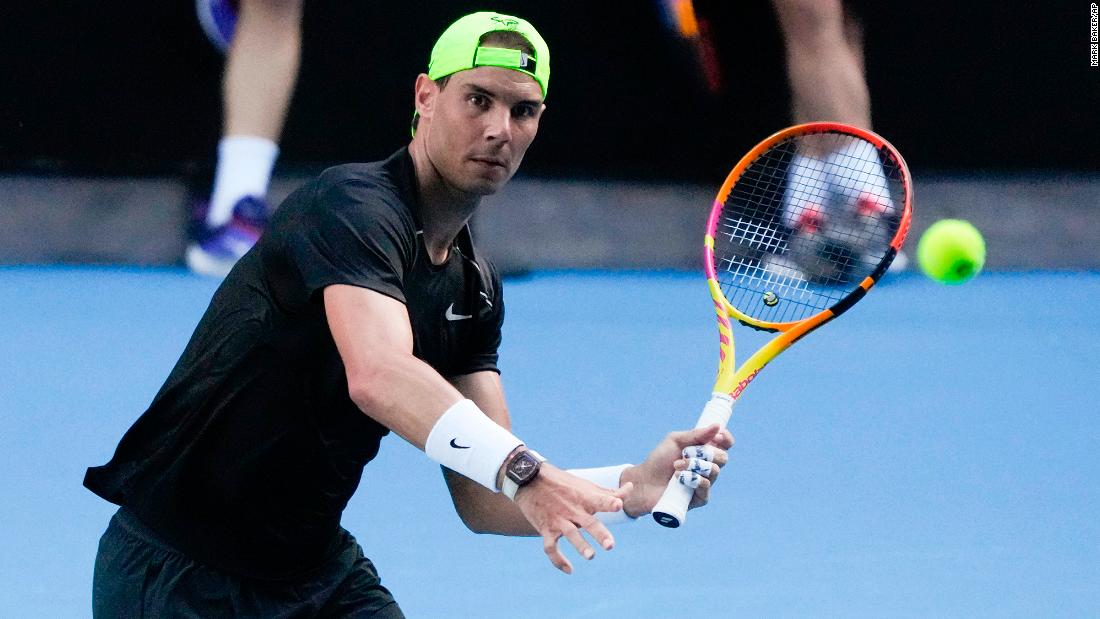
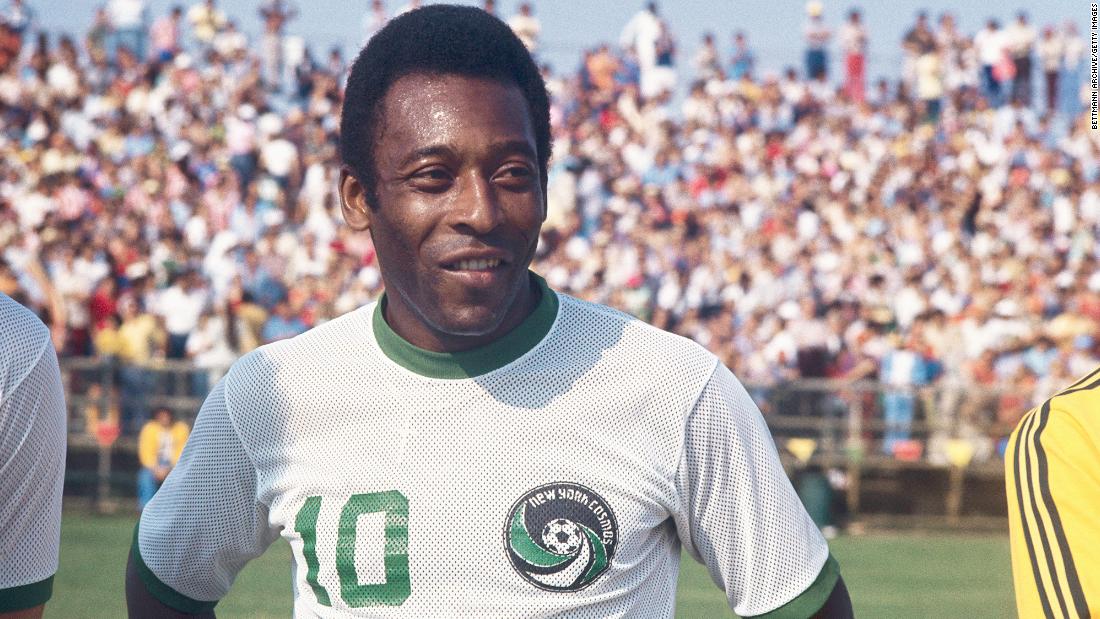
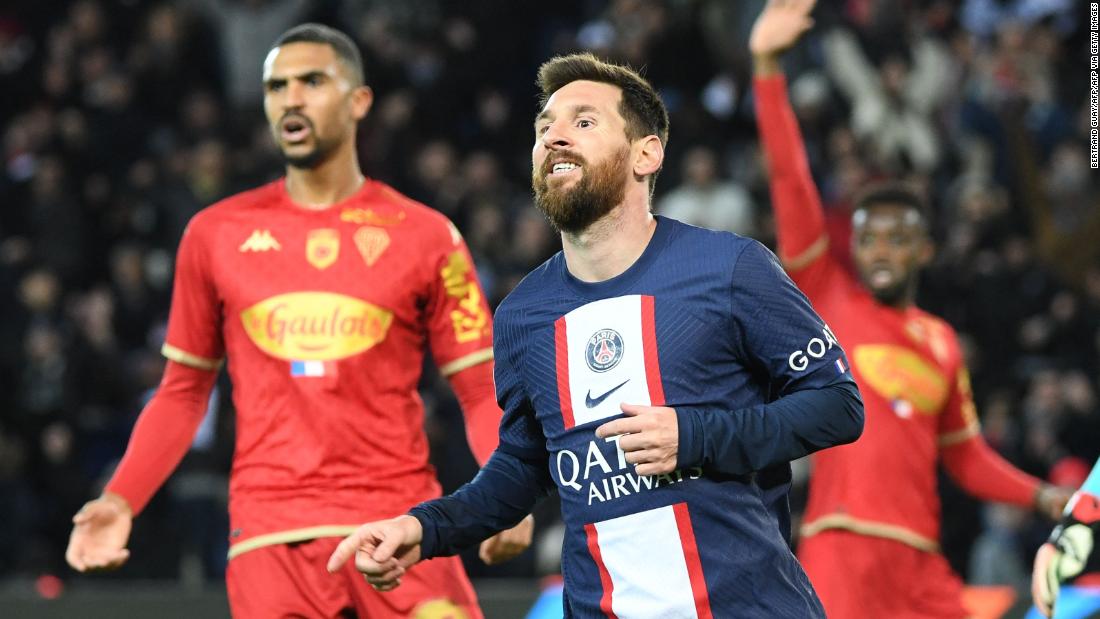

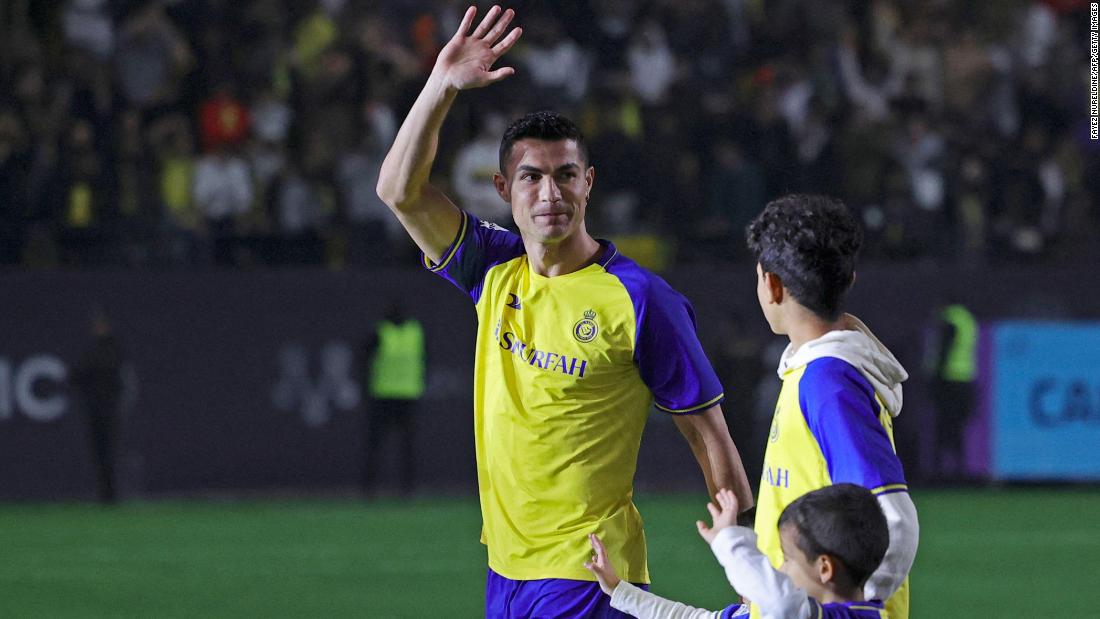


.png?Expires=1838763821&Key-Pair-Id=K2ZIVPTIP2VGHC&Signature=IO0~CT3pU-TcxGc~yoZSmoQx23MZVuK-~4jSii~NKEblRmyO3el7NXPu~Rh1o23voASg7hlcHLw4kvQuDK1jssEhcjoNBBvEpZ~GGOAU6yosBhpHpeF179F~h7i6VxmsBNh9gtTutkoqY73O2YCFey~IAqSzKbBqETP1kP9cAg1916Z1YkJJs-5MliMrkZ5d7-mWGLbpHp2wGj2VlMph8XzYlL4~y1O7fB~JdIS~Rs4RMRs2x0WT1qUIpHAsf3GdwtOyAmKFSpIg8xCyNGZZ5h~13nXlmpd7uPvW8tBfttpG9pFTqcway-uch5WyfHOEfi7UlJCOWrr6fCYY5PMgSg__)







